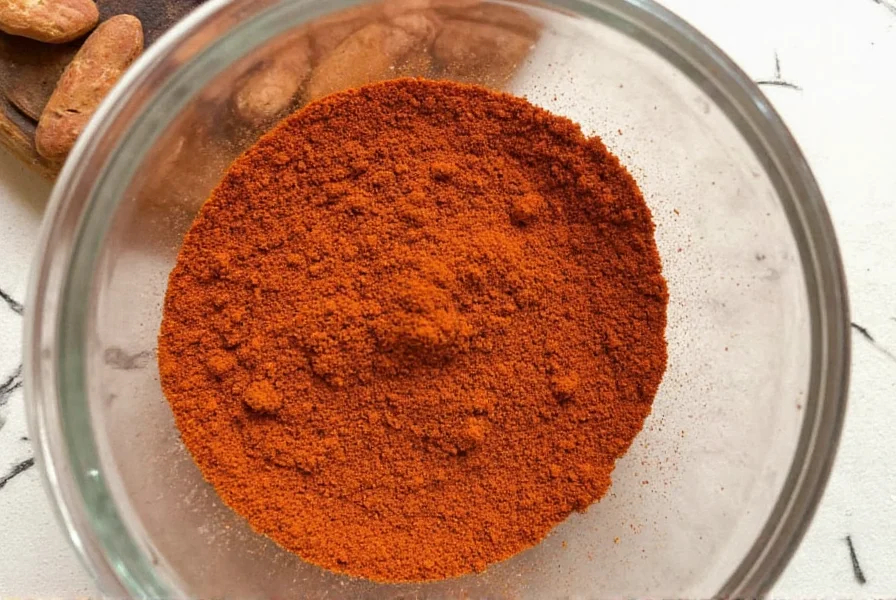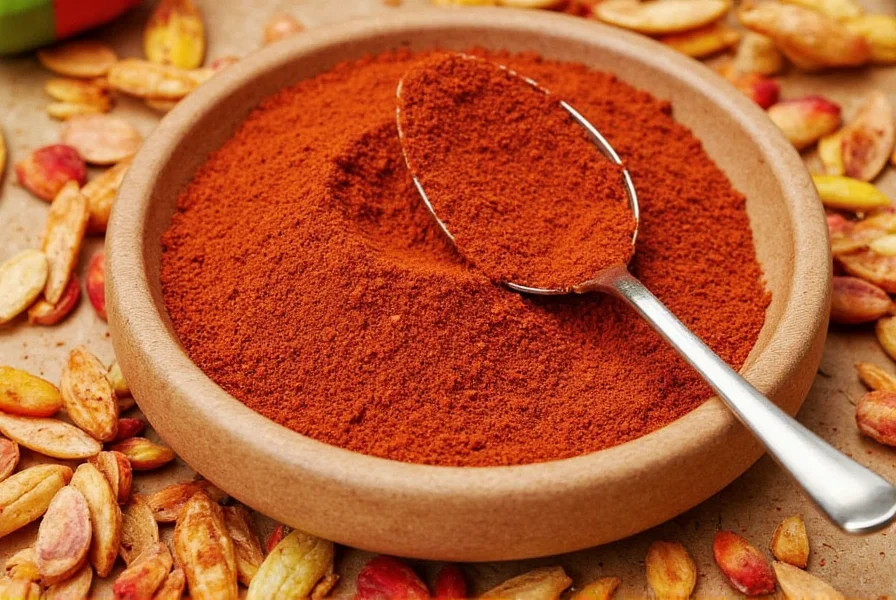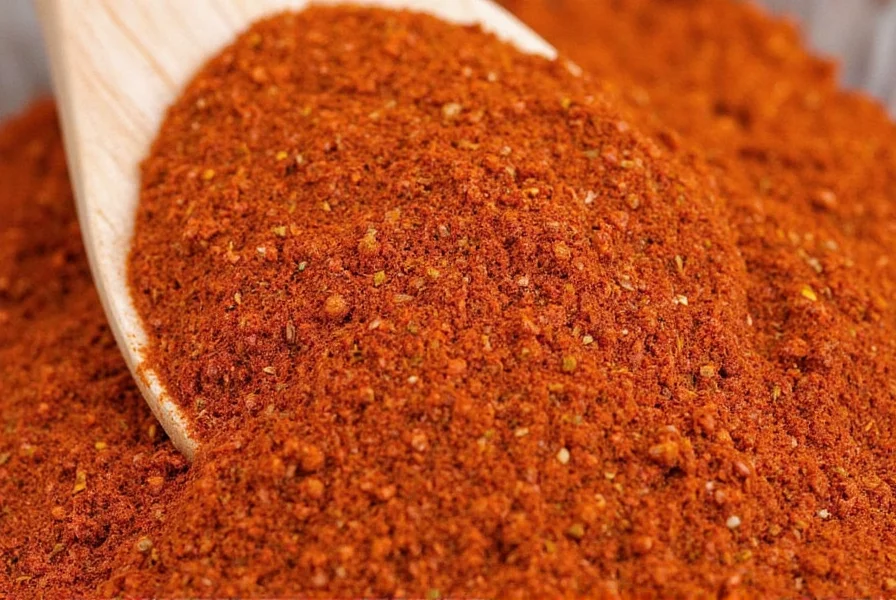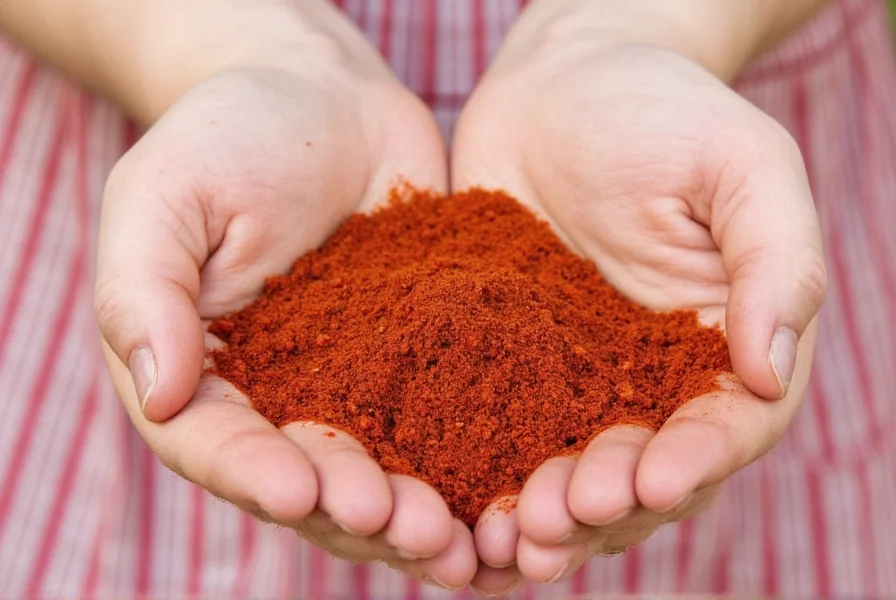Introduction: Spice Up Your Life with Berbere Seasoning
Berbere seasoning—just saying it feels like a warm embrace from an open fire. This iconic Ethiopian spice blend is far more than just heat; it’s a complex harmony of warmth, earthiness, smokiness, and aromatic depth. Whether you're a seasoned chef or a curious home cook, adding berbere to your pantry can elevate your meals from ordinary to extraordinary.

What Exactly Is Berbere Seasoning?
Berbere (pronounced bear-be-ray) is a traditional Ethiopian spice mix that forms the backbone of many dishes in Eritrean and Ethiopian cuisines. Known for its deep red color and bold, warming flavor, this blend typically contains dried chili peppers as its base, enhanced by spices like garlic, ginger, fenugreek, coriander, cumin, allspice, cinnamon, cloves, and nutmeg. Some variations even include herbs like basil or cardamom, depending on family tradition or regional influence.
The Origins of Berbere
Berbere has roots stretching back centuries in the Horn of Africa. Originally used to preserve food before refrigeration, it evolved into a cornerstone of Ethiopian culinary identity. Traditionally prepared at home, each family's version might differ slightly based on personal preference or local availability, making berbere a deeply personal and cultural blend.
Berbere vs Other Global Spices
| Spice Blend | Heat Level | Base Ingredient | Common Uses | Unique Flavor Notes |
|---|---|---|---|---|
| Berbere | Moderate to High | Dried Chilies | Stews (Doro Wat), Legumes, Vegetables | Smoky, Sweet-spiced, Earthy |
| Garam Masala | Low to Moderate | Roasted Seeds & Spices | Indian Curries, Rice Dishes | Warm, Woody, Fragrant |
| Harissa | High | Chili Paste | Tunisian Stews, Grilled Meats | Smoky, Tangy, Garlicky |
| Adobo | Low | Salt, Garlic, Oregano | Caribbean Marinades, Rubs | Savory, Citrusy, Herbaceous |

Why Berbere Stands Out
Unlike simpler chili-based seasonings, berbere offers layers of flavor that unfold gradually. While harissa may hit you with upfront heat and adobo gives you savory depth, berbere combines both while adding notes of sweetness, citrus, and woodiness—all in one spoonful.
Flavor Profile Breakdown
- Heat: Medium to high (adjustable by chili quantity)
- Smoke: Present, especially when toasted
- Earthiness: Fenugreek and cumin bring grounding flavors
- Warmth: Allspice, cinnamon, and clove add cozy undertones
- Sweetness: Cinnamon and brown sugar often balance the heat
- Aromatic: Ginger and garlic lend herbal complexity
5 Practical Tips to Use Berbere in Everyday Cooking
- Rub It In: Mix berbere with olive oil and use as a dry rub for chicken, lamb, or tofu before roasting or grilling.
- Boost Soups and Stews: Add a teaspoon to lentil soups, tomato sauces, or slow-cooked beef stews for rich depth.
- Make a Fusion Marinade: Combine with yogurt, lemon juice, or coconut milk for a marinade that bridges African and global flavors.
- Spice Up Snacks: Sprinkle over roasted chickpeas, popcorn, or sweet potato fries for a quick spicy kick.
- Add to Baked Goods: Try a pinch in savory muffins, biscuits, or spiced breads for a unique twist.

Cooking Like an Ethiopian: Signature Dishes Featuring Berbere
Berbere is the soul of many Ethiopian dishes. Here are some classic recipes you can try using this incredible spice blend:
- Doro Wat: Ethiopia’s national dish—a slow-cooked chicken stew simmered in berbere, onions, and niter kibbeh (spiced clarified butter).
- Misir Wot: A hearty red lentil stew made with berbere, turmeric, garlic, and tomatoes.
- Shiro: Chickpea flour stew seasoned with berbere, creating a creamy, flavorful comfort dish.
- Tibs: Sautéed meat (often lamb or beef) tossed with berbere, onions, and green peppers.
DIY Berbere: Make Your Own Custom Spice Blend at Home
Creating your own berbere at home allows you to tailor the heat and flavor intensity to your taste. Plus, freshly ground spices always taste better!
Homemade Berbere Recipe
- 4 tbsp crushed dried red chilies (like New Mexico or Anaheim)
- 1 tbsp paprika (for color and mildness)
- 1 tsp ground ginger
- 1 tsp ground coriander
- 1 tsp ground cumin
- 1 tsp ground allspice
- ½ tsp ground cinnamon
- ½ tsp ground nutmeg
- ½ tsp ground cloves
- ½ tsp fenugreek (optional but authentic)
- ¼ tsp black pepper
- 1 tsp salt (adjust to taste)
- Optional: 1 tsp brown sugar or honey powder for balancing heat
Instructions
- Toast whole spices (coriander, cumin, allspice, cinnamon stick) in a dry pan until fragrant.
- Let cool, then grind to a fine powder using a spice grinder or mortar and pestle.
- Mix with pre-ground ingredients and store in an airtight container away from light and moisture.
Buying Guide: Where to Buy the Best Berbere Seasoning
If you’re short on time or want to explore authentic or gourmet versions, here are some top-rated berbere blends available online and in specialty stores.
Top 5 Berbere Seasoning Brands Reviewed
| Brand | Flavor Profile | Heat Level | Best For | Price Range |
|---|---|---|---|---|
| **Mizuna Foods Organic Berbere** | Earthy, balanced, slightly smoky | Moderate | Beginners, everyday cooking | $8–$12 |
| **WatnEthiopia Traditional Berbere** | Authentic, intense, full-bodied | High | Traditional Ethiopian cooks | $10–$15 |
| **The Spice Garden Ethiopian Berbere** | Fragrant, complex, slightly sweet | Moderate-High | Home chefs exploring new flavors | $9–$13 |
| **Za'atar & Co. Artisan Berbere** | Custom blend, floral, nuanced | Moderate | Foodies and fusion cuisine fans | $12–$16 |
| **McCormick Gourmet Berbere** | Mild, accessible, consistent | Low-Moderate | Those new to international spices | $7–$10 |
What to Look for When Buying Berbere
- Ingredients List: Check for natural spices without preservatives or artificial additives.
- Whole Spices vs Pre-Ground: Whole spices last longer and offer more flavor control when grinding at home.
- Origin: Ethiopian-made blends tend to be more authentic, though artisanal US or European brands also produce high-quality mixes.
- Heat Level: Some blends are milder for broader appeal, while others pack serious punch.
- Packaging: Choose resealable containers or vacuum-sealed bags for freshness.
Storage & Shelf Life: How to Keep Berbere Fresh
To maintain flavor and potency, store your berbere in an airtight container in a cool, dark place. Whole spices can last up to two years, while ground blends should be used within six months to a year for optimal flavor.
Pro Tip:
For long-term storage, you can freeze unused portions of berbere in small ziplock bags. This helps preserve volatile oils and extends shelf life significantly.
Global Twists: Using Berbere Beyond Ethiopian Cuisine
Berbere doesn’t have to be limited to traditional dishes. Experiment with these creative ways to incorporate it into other cuisines:
- Middle Eastern Fusion: Use in tagines or sprinkle over falafel for a spicy upgrade.
- Mexican Kick: Add a pinch to taco seasoning or mole sauces.
- Barbecue Twist: Mix into barbecue rubs for grilled meats with a surprising depth.
- Vegetarian Boost: Stir into roasted carrots, cauliflower, or eggplant for a flavor-packed side.
- Smoothie Surprise: Yes, really! A tiny pinch in beetroot smoothies adds warmth without overpowering sweetness.
FAQ: Everything You Ever Wanted to Know About Berbere
Is Berbere the Same as Harissa?
No. Berbere is a dry spice blend, while harissa is a North African chili paste. Though both are hot and aromatic, they differ in texture, usage, and additional ingredients.
Can I Substitute Paprika for Berbere?
Not exactly. Paprika provides color and mild heat but lacks the complex spice profile of berbere. However, mixing paprika with a few warm spices (like cumin, cinnamon, and allspice) can mimic some of the flavor notes.
How Spicy Is Berbere?
It varies by brand or recipe. Authentic Ethiopian blends can range from moderately spicy to very hot. Always start with a small amount and adjust to taste.
Is Berbere Gluten-Free?
Yes, pure berbere is naturally gluten-free. However, check commercial labels to ensure no cross-contamination or added fillers.
Can Berbere Be Used in Desserts?
Surprisingly, yes! Its warm spices work well in spiced cakes, cookies, and even chocolate truffles. Just go easy—it’s powerful stuff.
Conclusion: Berbere Seasoning – More Than Just Heat
Berbere isn’t just a spice; it’s a flavor journey through history, culture, and culinary artistry. Whether you make your own or buy a premium blend, adding berbere to your kitchen means unlocking a world of warmth, depth, and authenticity. From hearty stews to trendy snacks, this versatile seasoning deserves a permanent spot in your spice rack.

So next time you’re craving something exciting and different, reach for that jar of berbere—and let your taste buds travel across continents without ever leaving your kitchen.











 浙公网安备
33010002000092号
浙公网安备
33010002000092号 浙B2-20120091-4
浙B2-20120091-4